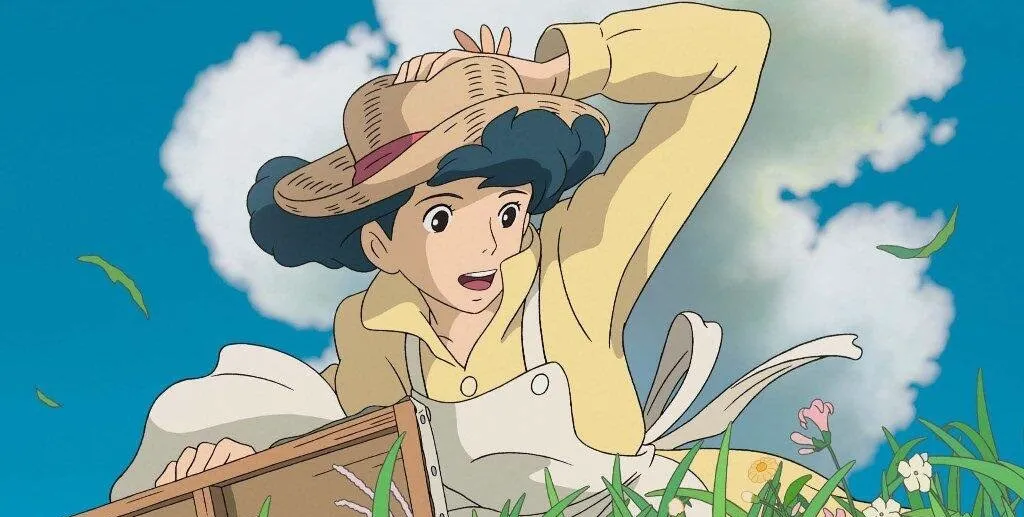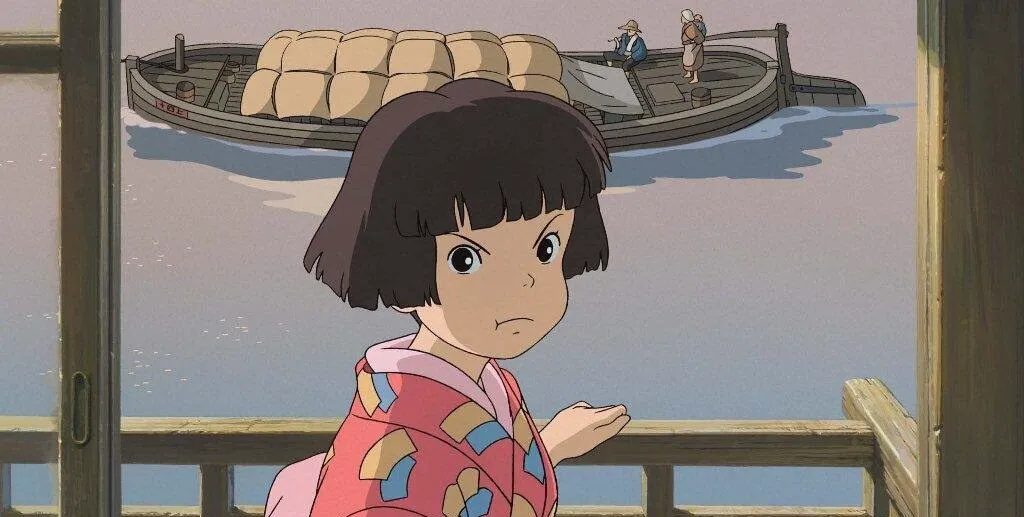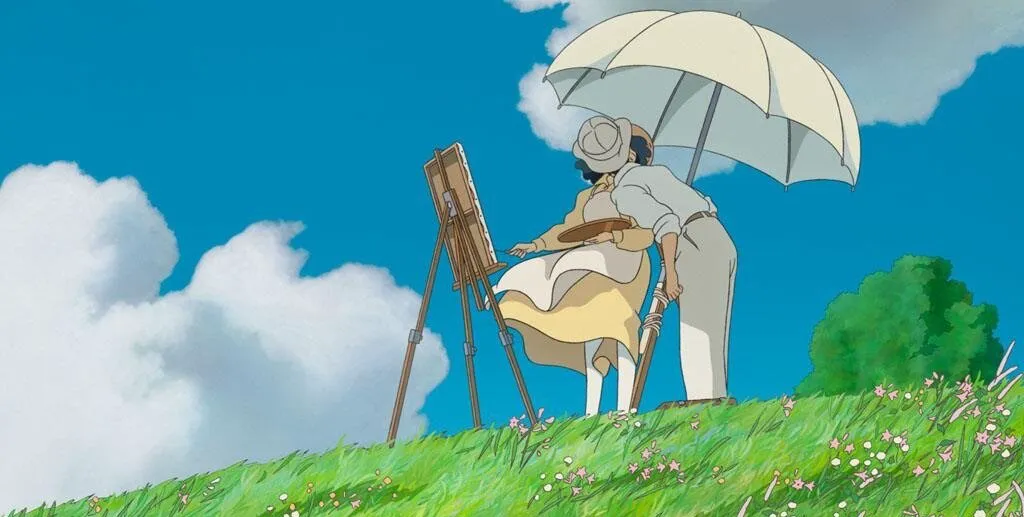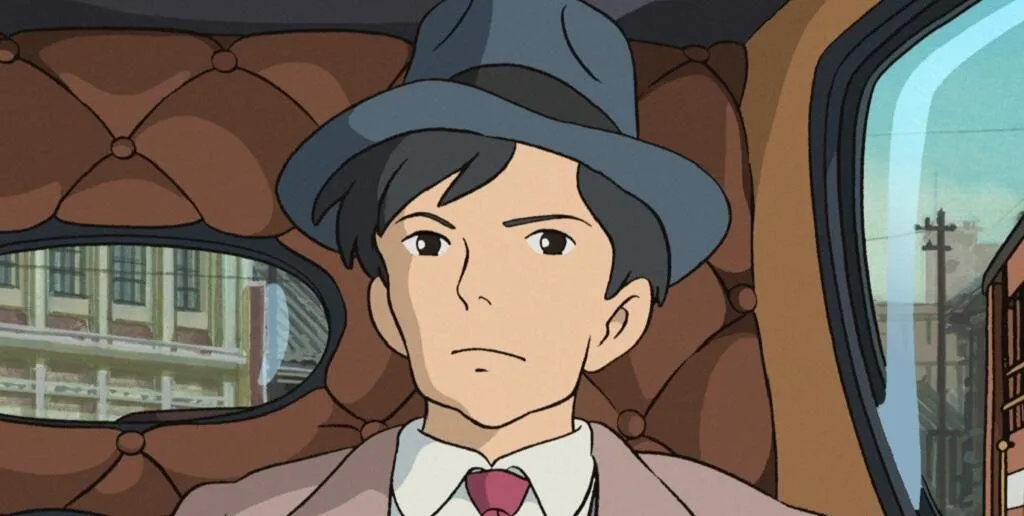The Wind Rises: A Poetic and Mature Anime Drama About Aviation, War, and Love Amidst Tuberculosis
A young boy from provincial Japan, Jiro Horikoshi, dreams of the sky. However, due to his poor eyesight preventing him from becoming a pilot, Jiro, inspired by the Italian aircraft designer Caproni in a dream, decides to become an aircraft engineer instead. Years pass, and the talented young man joins Mitsubishi. Jiro is indifferent to war and politics, but he must accept that he is designing war machines for the Japanese military. While striving to create the world’s best carrier-based fighter, Horikoshi falls in love with the beautiful Naoko, who is slowly dying from tuberculosis.
December 8, 1941 (December 7 in the American calendar), marked a day of immense Japanese military triumph. A nation that seemed hopelessly behind Europe in the mid-19th century had radically modernized in less than a century, transforming into a leading militaristic power. On December 8, it challenged its overseas adversaries and achieved a resounding victory. 3,500 Americans were killed or wounded during the attack on Pearl Harbor, while the Japanese lost only 65 people, temporarily or permanently.

Among those who delivered this resounding slap to the United States were Jiro Horikoshi, the chief designer of the Mitsubishi A6M Zero fighter, and Katsuji Miyazaki, the director of the Miyazaki Airplane factory (whose company produced parts for Mitsubishi). They were neither soldiers nor pilots; their lives revolved around aviation, not war. However, the blood of the fallen Americans was on their hands, as was the blood of the Japanese who perished when America launched its devastating counterattack.

The Mitsubishi A6M aircraft was named Zero because it was commissioned in 1940, which, according to the Japanese imperial calendar, was the year 2600 since the enthronement of the first Emperor Jimmu.
Heroes or Villains? Miyazaki’s Reflection on War and Aviation
How should we regard such individuals? Should they be considered heroes or villains? For Hayao Miyazaki, the greatest Japanese animation director and son of Katsuji Miyazaki, these questions have always been significant. He fell in love with military aviation before he learned to draw and became a pacifist before he started creating animation. This paradoxical, ambivalent attitude towards war and its most terrifying weapon has been an integral part of several of his famous films (notably “Porco Rosso” and “Nausicaä of the Valley of the Wind”). But only now, at the end of his life, has Miyazaki dared to share his feelings about Jiro Horikoshi and Japanese aviation without hiding behind adventurous and fantastical metaphors. “The Wind Rises” is his first biopic and his first, and likely last, animated film for adults. Can this film be ranked among the master’s best works?

Instead of typical mechanical sound effects, the roar of aircraft engines and the rumble of earthquakes in the film are voiced by actors.
A Poetic Encyclopedia of Pre-War Life
Yes, it can, if judged by different criteria than “Princess Mononoke” or “Spirited Away.” “The Wind Rises” is not a magical fairy tale or a mythological thriller. It lacks fantastical monsters, a captivating plot, and cunning villains. Instead, it offers a stunning, all-consuming love for Japan, for airplanes, and for Miyazaki’s parents’ generation. This love manifests itself in every scene, every frame, every meticulously recreated historical detail. It washes over the screen, pours into the audience, and captivates as much as any dramatic adventure. Miyazaki has always been not only a storyteller but also a poet, and “The Wind Rises” is his “Eugene Onegin,” a poetic encyclopedia of pre-war life with all its quirks and contrasts. For example, Horikoshi’s planes were delivered to the airfield by a team of oxen (the Japanese had cars, but gasoline was considered an expensive strategic resource).

Dreams and Romance: The Essence of Fleeting Existence
However, Miyazaki would not be Miyazaki if he were content with merely depicting reality. The most poetic, tender, and touching fragments of “The Wind Rises” are Jiro’s aerial dreams, in which the mustachioed and booming Signor Caproni guides him on the right path (a real person – his Caproni Ca.309 Ghibli aircraft gave the name to Miyazaki’s Studio Ghibli), and the romantic scenes between the protagonist and his fiancée, Naoko. The latter is taken not from life but from Hori Tatsuo’s novel “The Wind Has Risen,” published in the 1930s, which has nothing to do with aviation.

Why did Miyazaki combine a real story with a fictional one? Because they both emphasize the film’s main theme and the key theme of all Japanese culture: the fleetingness of existence. Jiro designs airplanes, even though he understands that his country will not win the war against the whole world. Naoko falls in love and gets married, even though she knows she will soon die. They cannot fix their war-obsessed country, and they cannot change their fate or their feelings. But they can take everything from life and give themselves completely. So that in the end, albeit with sorrow, but also with pride, they can look back on the years they have lived and realize that they were lived with gusto and with love. And whether it was in vain or not, valiantly or criminally – that is for future generations to judge. And it seems that Miyazaki, as a representative of these generations, fully justifies his heroes, while still allowing viewers the right to deliver the final verdict.
A Masterpiece with Minor Flaws
What else can be said about the film? Like all of Miyazaki’s feature-length works, it is exquisitely drawn and brilliantly animated (Ghibli is now the best two-dimensional animation studio in the world). However, it is not flawless. Hideaki Anno (“Evangelion”), the famous animator who voiced Jiro, is not a professional actor, and one wants to shout at his voice: “I don’t believe it!” Even if the monotony of Jiro’s voice corresponds to the director’s intention, it still grates on the ear against the backdrop of the professionally delivered and more expressive voices of other characters. Fortunately, this is the only thing we would like to change in this magnificent nostalgic drama.